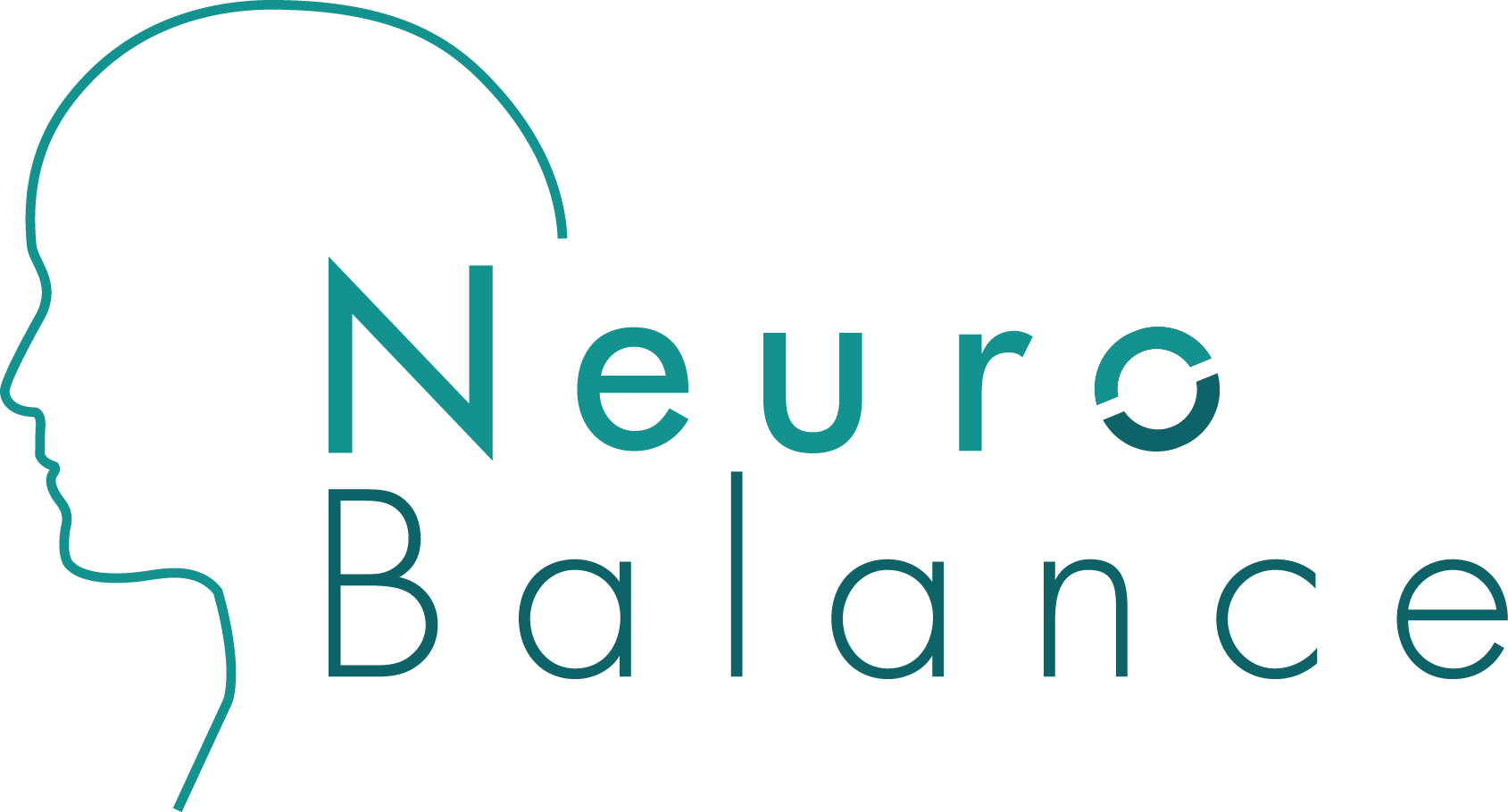Unlocking the Mind: The Revolutionary Impact of DMT on Brain Function and Mental Health Therapy
Dimethyltryptamine (DMT) is a powerful psychedelic compound with a rich history of use in traditional ceremonies and rituals across Central and South America, primarily as a key ingredient in the psychedelic brew ayahuasca. This substance has been the subject of modern scientific research due to its unique psychological and physiological effects, as well as its potential therapeutic applications.
Effects on the Brain
DMT exerts profound effects on the human brain, inducing intense and rapid psychedelic experiences characterized by visual alterations, emotional shifts, and the sensation of encountering external entities. Scientific studies using advanced brain imaging techniques, such as electroencephalography (EEG) and functional magnetic resonance imaging (fMRI), have revealed that DMT significantly alters brain function. Upon administration, it disrupts the usual segregated networks of brain activity, leading to increased overall brain connectivity, especially in areas linked to high-level cognitive functions like imagination. This breakdown of normal brain activity patterns underlies the vivid and often transformative experiences reported by users.
Brain Regions Most in Play
The most significant changes observed during DMT-induced states occur in regions associated with higher cognitive functions. These include areas responsible for our sense of self, spatial awareness, and the integration of sensory experiences. The enhanced connectivity between different brain regions is thought to contribute to the intense subjective experiences associated with DMT, including altered perception of reality and time, profound spiritual experiences, and encounters with seemingly autonomous entities.
Therapeutic Uses
DMT's rapid onset and short duration of effect, coupled with its capacity to induce deep psychological experiences, make it an intriguing candidate for therapeutic use, particularly in the context of psychedelic-assisted psychotherapy. Clinical interest has been growing in the potential of DMT, and by extension ayahuasca, to treat conditions such as depression and addiction. Preliminary research suggests that DMT can facilitate profound mystical experiences that may help reset brain activity patterns in a way similar to other psychedelics like psilocybin, which have shown promise in treating psychiatric disorders.
Precautions and Risks
Despite its potential, DMT is a potent psychedelic, and its use comes with risks. Physiological effects include elevated blood pressure and increased heart rate, posing dangers particularly for individuals with heart conditions. The intense psychological experiences can be challenging, sometimes leading to panic, anxiety, or paranoia. Safety measures such as a controlled environment and the presence of a sober sitter are recommended to mitigate risks. Furthermore, DMT's interaction with the serotonin system means it should not be combined with certain medications, such as SSRIs, due to the risk of serotonin syndrome, a potentially life-threatening condition.
Future Prospects
The future of DMT in mental health looks promising but is contingent upon rigorous scientific research to fully understand its mechanisms, efficacy, and safety profile. As the body of evidence supporting the therapeutic potential of psychedelics grows, DMT may play a significant role in the development of new treatments for mental health disorders. Ongoing and future studies will be critical in determining its place in clinical practice, focusing not only on its benefits but also on establishing guidelines to ensure its safe and effective use.
The exploration of DMT's effects on the brain and its potential therapeutic applications represents an exciting frontier in neuroscience and psychiatry. However, much work remains to be done to translate this ancient substance into modern medicine safely and effectively.
-A Balanced Brain is a Better Brain for a Happier Life-
